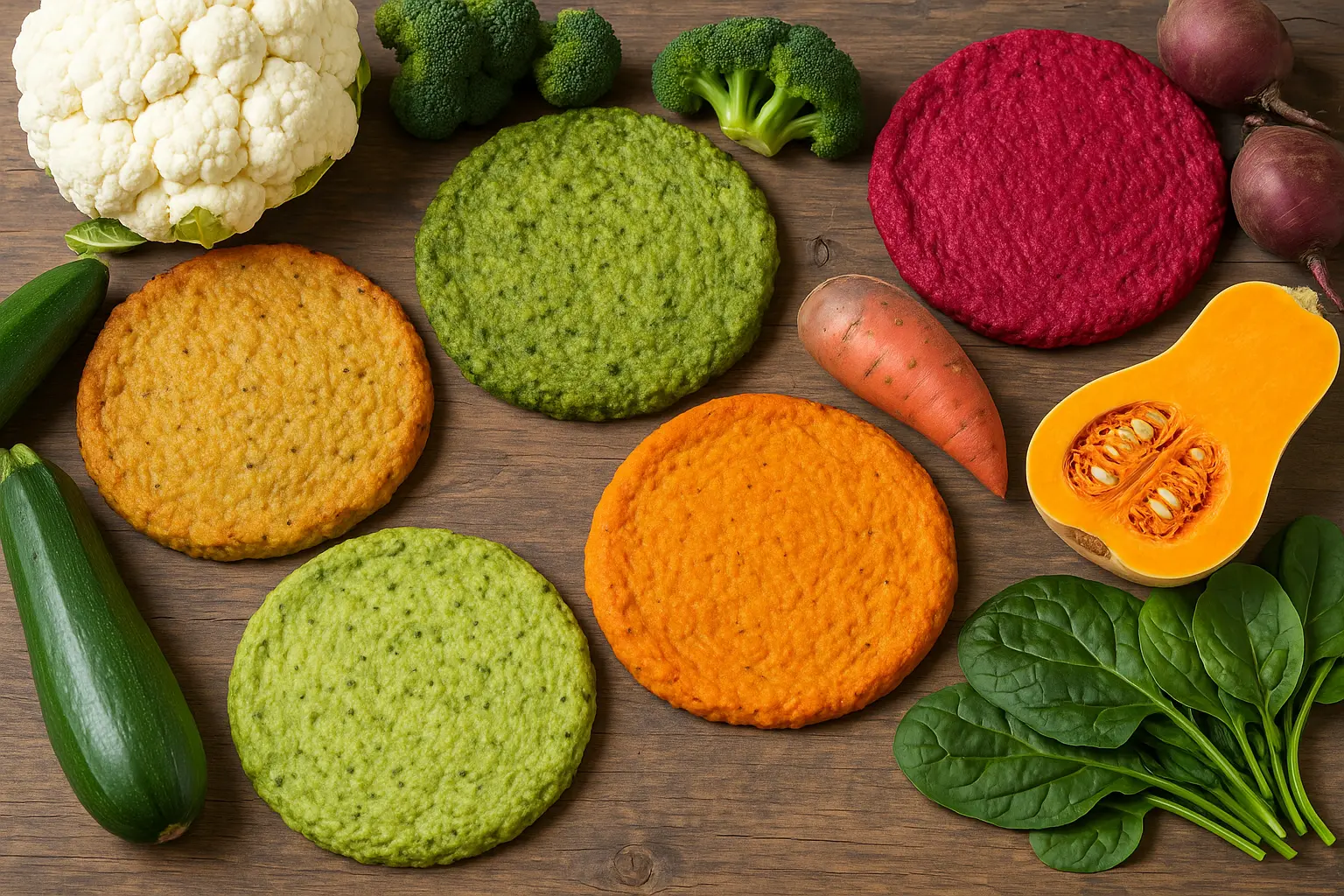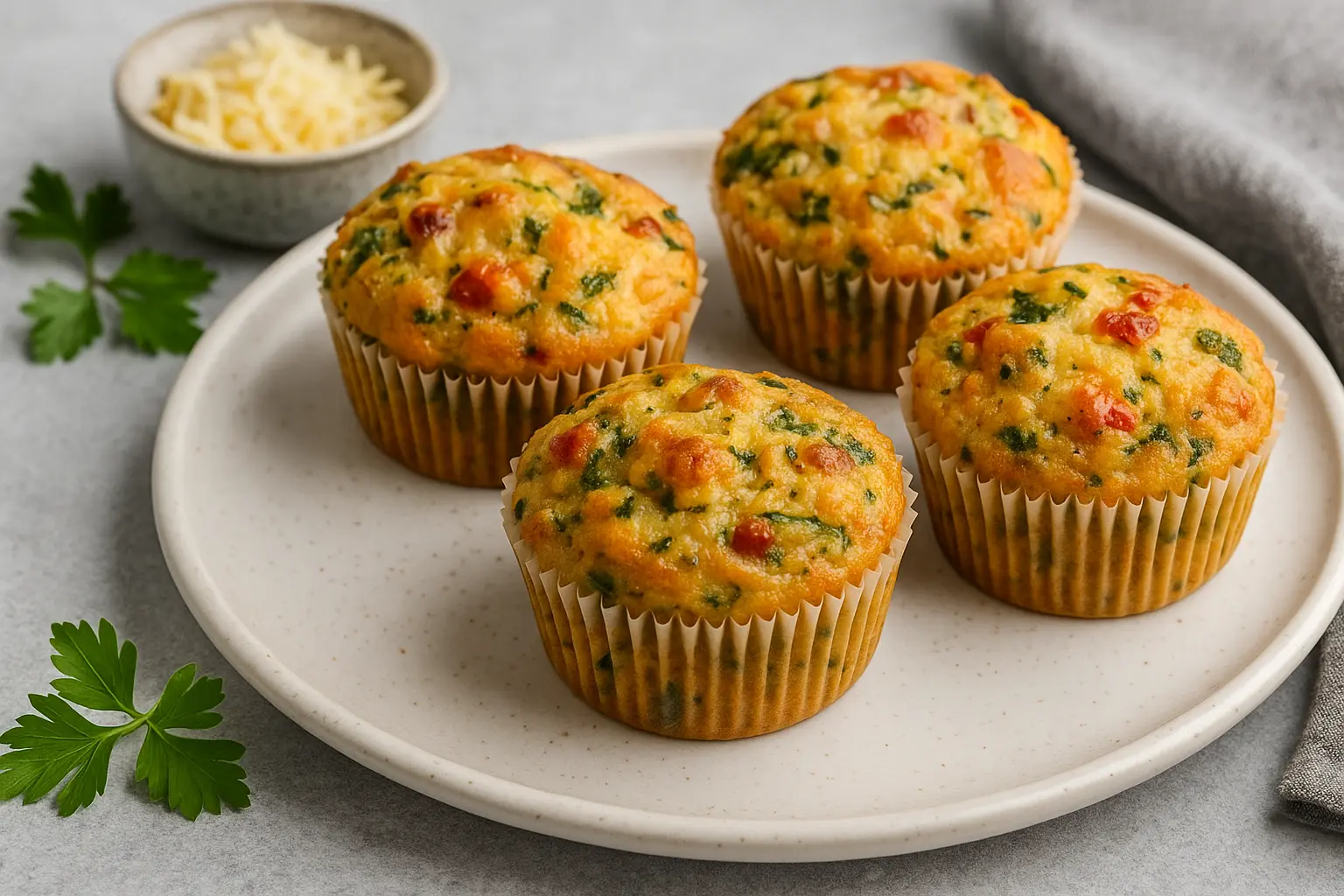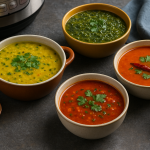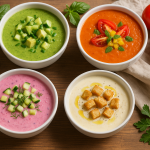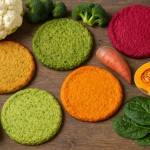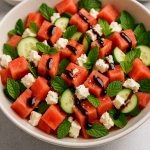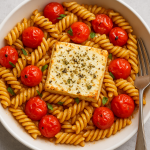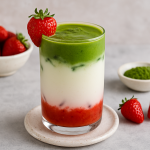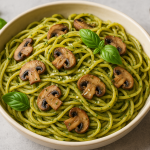Pizza is universally loved, but let’s be honest—traditional pizza crusts can be heavy, carb-loaded, and not always the healthiest choice. If you’ve ever wished for a lighter, nutrient-dense base without sacrificing taste, you’re in luck. Vegetable-based pizza crusts are revolutionizing the way people enjoy pizza at home.
From cauliflower to zucchini, broccoli to sweet potato, these inventive crusts cater to all kinds of dietary preferences: keto, gluten-free, vegan, low-carb, and even paleo. They’re lighter, full of flavor, and incredibly versatile. In this in-depth guide, we’ll explore unique vegetable-based pizza crusts you probably haven’t tried yet, how to make them, and why they’re worth adding to your recipe repertoire.
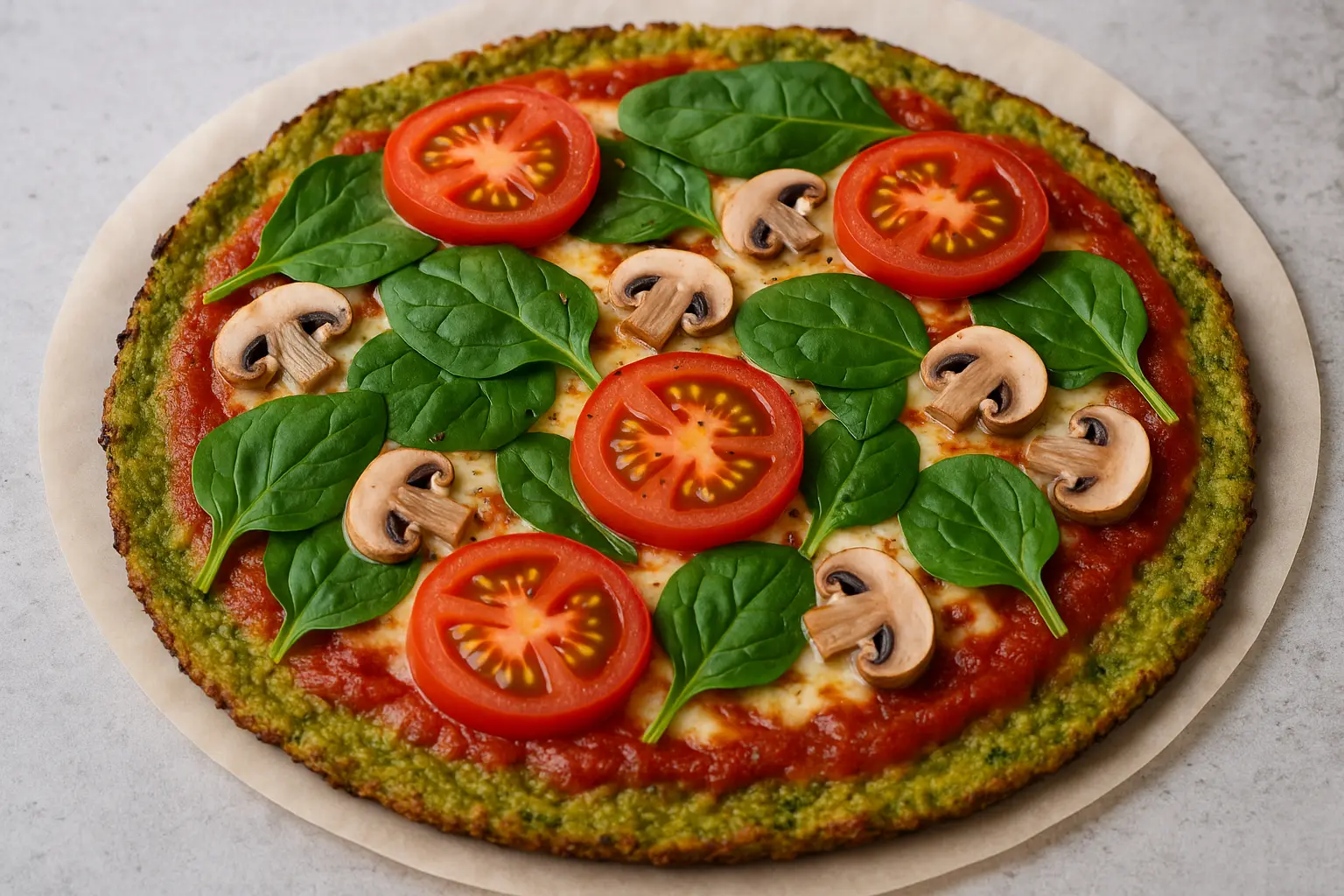
Why Choose Vegetable-Based Pizza Crusts?
Before diving into the recipes, let’s talk about why veggie crusts are gaining so much popularity.
- Healthier Alternative: They’re lower in carbs and calories compared to traditional wheat-based crusts.
- Nutrient Boost: Veggies like broccoli, spinach, or sweet potato add vitamins, minerals, and fiber.
- Diet-Friendly: Perfect for gluten-free, keto, vegan, or low-carb lifestyles.
- Creative Flavors: Each vegetable imparts its own taste and texture, offering exciting new pizza experiences.
Classic vs. Creative: The Evolution of Veggie Crusts
Cauliflower crust is perhaps the most well-known vegetable pizza base. But now, home cooks and chefs are experimenting with other vegetables that not only mimic the structural qualities of bread but also introduce unique flavors.
Some exciting alternatives include:
- Zucchini Crust – light, green, and mild in flavor
- Sweet Potato Crust – slightly sweet, hearty, and colorful
- Broccoli Crust – earthy, fiber-rich, and nutrient-packed
- Spinach Crust – vibrant green and iron-rich
- Butternut Squash Crust – autumn-inspired sweetness
- Beetroot Crust – bold color with earthy undertones
- Cabbage or Kale Crust – crunchy, fiber-filled, and unique
How to Make Vegetable Pizza Crusts Work
The key challenge in vegetable-based crusts is binding and structure. Unlike wheat flour, vegetables don’t have gluten to hold everything together. That’s why most recipes include:
- Binders: Eggs, flax eggs, chia seeds, or vegan cheese.
- Absorbers: Almond flour, coconut flour, or ground oats help soak excess moisture.
- Seasoning: Herbs, garlic, onion powder, and nutritional yeast to enhance flavor.
A common mistake is forgetting to squeeze out water from watery vegetables like zucchini or cauliflower. Too much moisture will make your crust soggy.
Recipe 1: Cauliflower Pizza Crust (The Classic Starter)
Ingredients:
- 1 medium cauliflower head, riced and steamed
- 1 egg (or flax egg for vegan option)
- ½ cup shredded mozzarella (or vegan cheese)
- ¼ cup almond flour
- 1 tsp garlic powder
- 1 tsp Italian herbs
- Salt & pepper to taste
Instructions:
- Preheat oven to 200°C (400°F).
- Squeeze excess water from riced cauliflower with a clean towel.
- Mix cauliflower with egg, cheese, almond flour, and spices.
- Spread into a circle on parchment paper.
- Bake for 20–25 minutes until golden.
- Add toppings and bake an additional 10 minutes.
This is the go-to low-carb option, but let’s move on to the more creative crusts you may not have tried yet.
Recipe 2: Zucchini Pizza Crust
Why Zucchini?
It’s low in carbs, mild in taste, and easy to work with once drained properly.
Ingredients:
- 3 medium zucchinis, grated and drained
- 1 egg or flax egg
- ¼ cup chickpea flour (for structure)
- 2 tbsp olive oil
- 1 tsp dried oregano
- 1 tsp garlic powder
- Salt and pepper
Steps:
- Grate zucchini and squeeze out as much water as possible.
- Mix with egg, flour, oil, and seasonings.
- Spread into a round crust shape.
- Bake at 200°C (400°F) for 20–25 minutes until firm.
- Add toppings and bake 10 minutes more.
This crust pairs beautifully with Mediterranean-style toppings like olives, feta, and sundried tomatoes.
Recipe 3: Sweet Potato Pizza Crust
Why Sweet Potato?
It’s naturally sweet, hearty, and adds a beautiful orange color. Ideal for fall-inspired pizzas.
Ingredients:
- 1 cup mashed sweet potato
- ½ cup oat flour or almond flour
- 1 tbsp olive oil
- 1 tsp paprika
- 1 tsp thyme
Instructions:
- Mix mashed sweet potato with flour, oil, and spices until dough-like.
- Form into a crust and bake at 200°C (400°F) for 25 minutes.
- Top with spinach, caramelized onions, and goat cheese (or vegan substitute).
Recipe 4: Broccoli Pizza Crust
Why Broccoli?
It’s loaded with fiber, vitamin C, and antioxidants—plus it makes a vibrant green crust.
Ingredients:
- 2 cups broccoli florets, riced and steamed
- 1 egg (or flax egg)
- ¼ cup almond meal
- ½ cup cheese (or nutritional yeast for vegan)
- Spices: garlic, oregano, salt
Steps:
- Pulse broccoli in a food processor.
- Steam and drain excess water.
- Mix with egg, cheese, almond meal, and spices.
- Bake 20 minutes until golden at the edges.
This crust has a stronger vegetable taste—perfect with spicy toppings.
Recipe 5: Spinach Pizza Crust
Why Spinach?
It’s nutrient-dense, rich in iron, and creates a striking green crust.
Ingredients:
- 2 cups spinach, wilted and drained
- 1 egg or flax egg
- ½ cup chickpea flour
- ¼ cup nutritional yeast
- Garlic and herbs
Steps:
- Wilt spinach in a pan, then drain thoroughly.
- Mix with binders and spread into crust.
- Bake for 20–25 minutes until firm.
Pairs well with white sauce, mushrooms, and artichokes.
Recipe 6: Beetroot Pizza Crust
Why Beetroot?
It creates a visually stunning crust with earthy, slightly sweet notes.
Ingredients:
- 1 cup cooked, pureed beetroot
- ½ cup almond flour
- 1 egg (or vegan alternative)
- 1 tbsp olive oil
- Spices: rosemary, garlic powder
Steps:
- Combine ingredients until dough-like.
- Spread onto baking tray.
- Bake at 190°C (375°F) for 25–30 minutes.
This crust is a showstopper for dinner parties.
Recipe 7: Butternut Squash Pizza Crust
Why Butternut Squash?
It’s naturally sweet and provides a unique autumnal flavor.
Method:
Similar to sweet potato crust—use roasted, mashed squash with oat flour and seasonings.
Toppings like arugula, walnuts, and vegan feta complement this crust perfectly.
Troubleshooting Vegetable Pizza Crusts
- Soggy Crust? You didn’t drain enough water. Always squeeze veggies dry.
- Crust Too Fragile? Add extra binder (egg, flax egg, or cheese).
- Burnt Edges? Lower the temperature slightly or cover with foil midway.
- Flavor Too Bland? Don’t skimp on spices—garlic, onion, herbs, and chili flakes are essential.
Meal Prep & Storage Tips
- Make Ahead: Bake crusts, cool, and freeze for quick weeknight dinners.
- Reheating: Toast in oven to revive crispiness.
- Single Servings: Shape smaller, personal-size crusts for portion control.
Nutritional Benefits Breakdown
Each vegetable brings unique nutritional perks:
- Cauliflower: Low carb, high in vitamin C.
- Zucchini: Hydrating, rich in potassium.
- Sweet Potato: Complex carbs, beta-carotene.
- Broccoli: Fiber-rich, supports digestion.
- Spinach: Iron and folate boost.
- Beetroot: Great for heart health and stamina.
- Butternut Squash: High in vitamin A and antioxidants.
Final Thoughts
Pizza doesn’t need to be a cheat meal. By swapping out traditional dough for veggie-based alternatives, you can enjoy all the flavors you love—while keeping things lighter, healthier, and suitable for a variety of diets.
Whether you’re keto, vegan, gluten-free, or just adventurous in the kitchen, these vegetable-based pizza crusts are worth trying. They’re colorful, nutritious, and proof that healthy food doesn’t have to be boring.
Next time you’re craving pizza, skip the takeout and give one of these innovative crusts a try—you might discover your new favorite way to enjoy a slice.
Leave a comment
Your email address will not be published. Required fields are marked *


